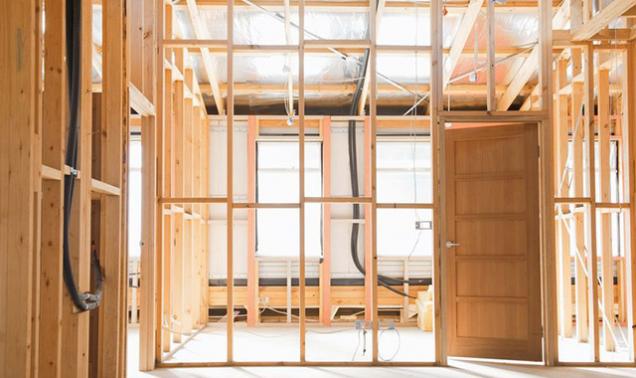
Cut costs without taking short-cuts
I thought this post could become helpful to any of you who are currently designing and planning on building your own home(s).
I'm currently going through the entire process of my first development of five double story townhouses. I'm learning a lot about the architectural intricacies and how important it is to stay on top of your designers to ensure they are not running off on a wild tangent with your project.
I'm now at the stage where I have completed all the planning, engineering, and working drawings and just waiting on a building permit. I have started the search to find an appropriate builder although the general response is that my designs are 'over complicated' or ‘complex’ and the specifications or inclusion’s list is a little over the top.
It is important to note that what and where I am building are not premium products or pricey areas. They are normal townhouses located in the eastern suburbs of Melbourne - nothing special. The average end sale value is approximately $450 - $480k.
From what I have learned, there are certain areas of your design which can reduce the cost of construction significantly but not have a major impact on the end product. For instance, my architect has produced extremely complex roof lines with many trusses and jacks required, which obviously comes at an extra cost for the builder and myself.
The site cut is another area which could possibly have been reduced given the council's regulations that construction of each dwelling must come under a 9m height that we have cleared quite easily. The less dirt you have to remove, the better, as this can also be an area where builders increase their margin due to the unknown of what is in the ground!
Both the site cut and the rooflines are not aspects that a purchaser will base their decision on. Seriously, who do you know that buys a house based on how the roof has been designed? If you can keep it simple then keep it simple! I know I will on the next ones.
Drainage is always a major concern when buying an existing house. It isn't a big consideration for new and recently released land because the developer and the authorities will have to comply in a modern manner. For older sites, it is imperative for you to know where the storm water location is (especially if you're working with a site that has a gradient fall). Storm water will often be located in one of two spots.
1. A pit in the curb and channel on the road or;
2. A 150mm pipe running down the back of your block in an easement.
Obviously, if your site has fall toward the back you want the storm water to be located at the back in the easement. You can make a quick call to the council’s engineering department to find this out.
If your site has fall and you are relying on the storm water pit at the front within the curb and channel, then I suggest you will want to seek expert advice from a Civil Engineer. There are again major concerns depending on the position you are planning to build on the site and where the runoff will be directed toward. Most councils are very pedantic about this! Most of the time the council will work in a 'worst case scenario' that your proposal will need to withstand a 1 in 10 year down pour, which is a lot of water!
Action:
- be interactive with your architects and draftsmen and call the shots.
- learn as much as you can about design and what works best before going ahead and commencing the design process.
- check your services and their locations before purchasing the site. This can always have a significant impact on your budget if you make the wrong decisions.
There are also many interior specifications which can be substituted to reduce the cost but that might be a post for another time.
If you have any questions I'm more than happy to discuss them with you. Visit the home one subdomain newyoungpropertydevelopers for more information, contact details etc.
OR you can also follow us on facebook to stay in tune with all the latest www.facebook.com/NewYoungPropertyDevelopers

